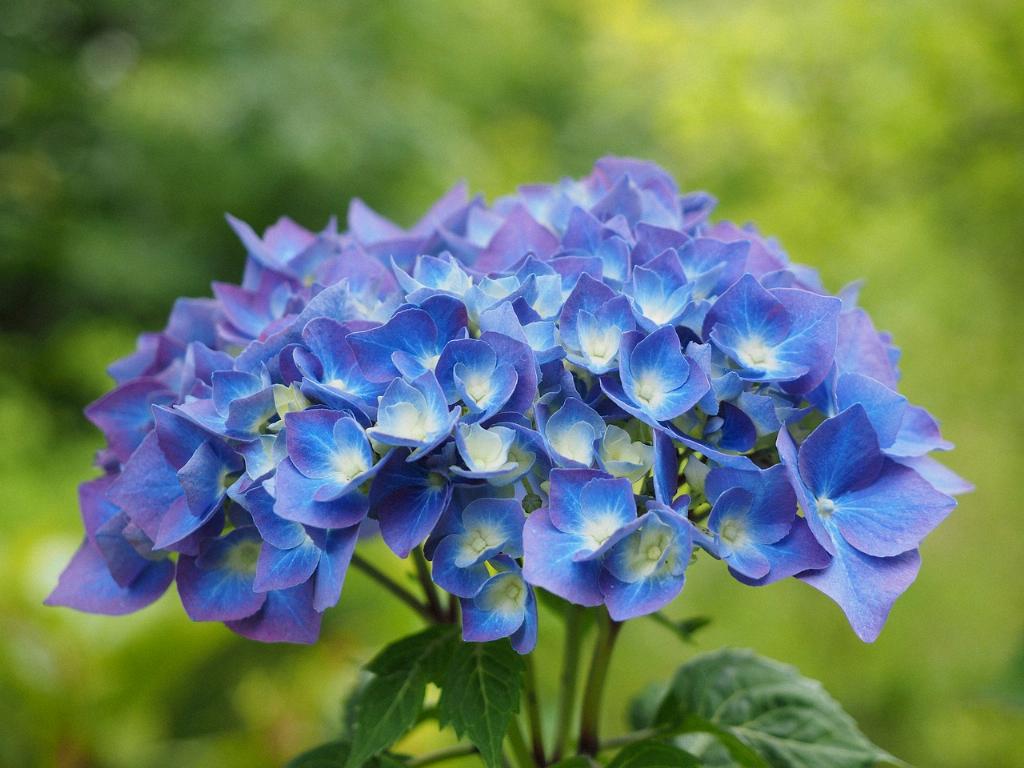When it comes to the practice of deadheading hydrangeas, a common concern among gardeners is whether cutting the flowers actually harms the plant. It’s important to note that removing spent blooms from hydrangeas, also known as deadheading, does not pose any harm to the plant’s overall health. In fact, deadheading hydrangea flowers can have several positive effects on the plant’s growth and development.
Benefits of Deadheading Hydrangeas
One of the key benefits of deadheading hydrangeas is that it can stimulate the plant to focus its energy on root and foliage development rather than seed production. By removing spent blooms, you encourage the hydrangea to put its resources towards new growth and overall plant health.
Enhancing Flowering Performance
Additionally, deadheading hydrangeas can improve the plant’s flowering performance. By removing fading blooms, you create space for new buds to form, which can result in a more prolific and vibrant display of flowers throughout the growing season.
Promoting Aesthetic Appeal
From a visual standpoint, deadheading hydrangeas can contribute to the overall aesthetic appeal of your garden. Keeping the plant tidy and free of wilted flowers can enhance the beauty of your outdoor space and create a more visually appealing landscape.
Preventing Self-Seeding
Another important reason to deadhead hydrangeas is to prevent self-seeding. By removing spent blooms before they have a chance to produce seeds, you can maintain control over the plant’s spread and minimize the risk of unwanted seedlings popping up in your garden.
Protecting Plant Resources
Deadheading hydrangeas also helps protect the plant’s resources by redirecting energy from seed production towards essential growth processes. This can result in stronger, healthier plants that are better equipped to withstand environmental stressors and thrive in the garden.
Timing and Technique
When deadheading hydrangeas, it’s important to be mindful of the timing and technique. Aim to remove spent blooms as soon as they begin to fade, using clean and sharp pruning shears to make clean cuts just above a set of healthy leaves or buds.
Considerations for Hydrangea Varieties
It’s worth noting that different hydrangea varieties may have specific deadheading requirements. Be sure to research the specific needs of your hydrangea cultivar to ensure that you are deadheading correctly and promoting optimal growth and flowering.
Overall Impact on Plant Health
In conclusion, cutting hydrangea flowers through deadheading does not hurt the plant; rather, it can have numerous benefits for plant health and performance. By properly deadheading your hydrangeas, you can encourage robust growth, prolific flowering, and a more visually appealing garden landscape.
Final Thoughts
Ultimately, deadheading hydrangeas is a simple and effective practice that can contribute to the overall well-being and beauty of your plants. Embrace the process of removing spent blooms as a way to support your hydrangeas in flourishing and thriving in your garden setting.

